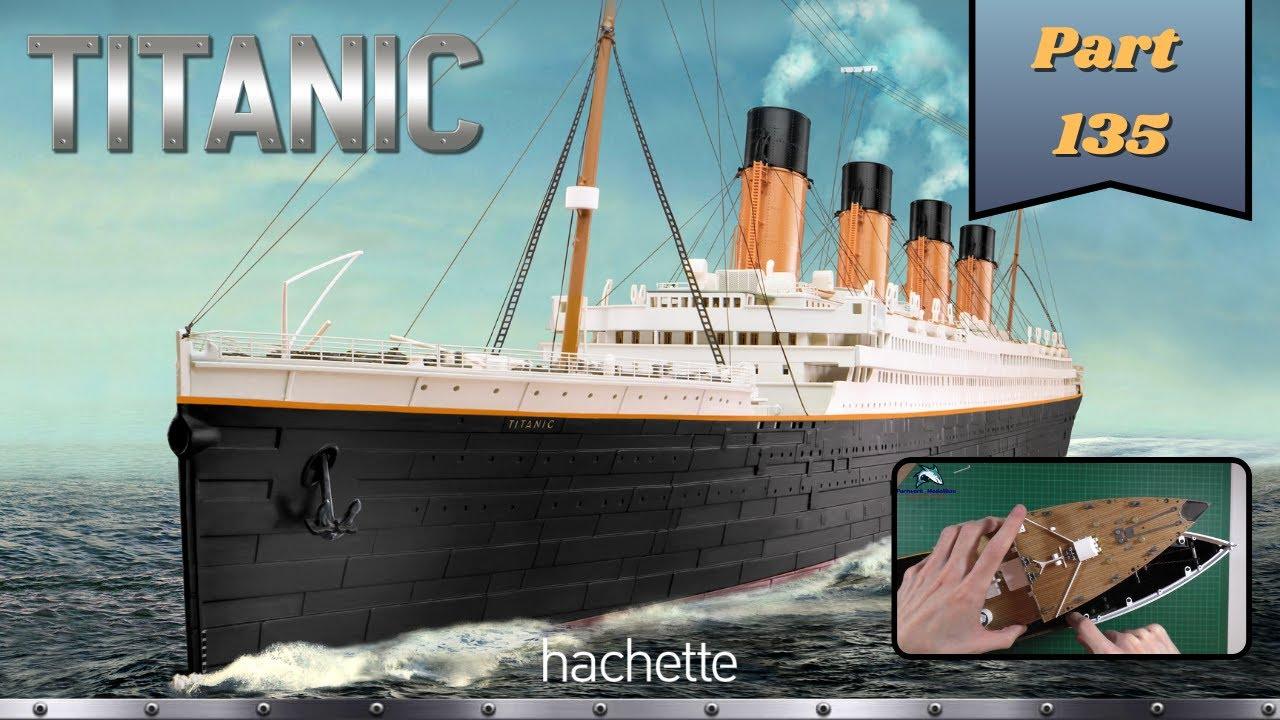The Titanic: A Historical Examination of Legacy and Impact

Introduction
The RMS Titanic, a British passenger liner that sank on its maiden voyage in April 1912, remains one of the most famous maritime disasters in history. The importance of the Titanic lies not only in the tragic loss of life—over 1,500 passengers and crew—but also in the profound impact it had on maritime laws and safety regulations. This event serves as a cautionary tale about complacency and the limits of technology in the face of nature.
The Events Leading to the Disaster
On the night of April 14, 1912, the Titanic struck an iceberg in the North Atlantic. The ship, touted as ‘unsinkable’ owing to its advanced safety features and watertight compartments, lacked enough lifeboats for all aboard, a factor that would later be scrutinised extensively. In total, Titanic carried 20 lifeboats—only enough for about half of those on board. The ship navigated at high speeds through icy waters, a decision that proved catastrophic as it collided with the iceberg.
The ensuing chaos was compounded by social class disparities; many first-class passengers were able to access lifeboats while third-class passengers struggled to escape. The lack of proper emergency protocols and the absence of wireless distress signals exacerbated the disaster.
The Aftermath and Changes in Maritime Law
In the wake of the Titanic tragedy, significant changes were made to maritime regulations. The International Convention for the Safety of Life at Sea (SOLAS) was established in 1914, mandating lifeboats for all passengers and more rigorous safety drills for crew members. Furthermore, continuous watch requirements and iceberg monitoring systems were implemented to prevent similar disasters in the future.
The Titanic in Popular Culture
The story of the Titanic has been immortalised in numerous films, books, and documentaries, most notably James Cameron’s 1997 film, which introduced the tragedy to a new generation. The physical wreckage, found in 1985, continues to draw interest, becoming a site for exploration and research.
Conclusion
The Titanic disaster remains etched in collective memory, serving as a reminder of human fallibility and the need for vigilance, especially in industries where lives are at stake. As we remember this historical event, we can draw lessons about safety and preparedness that are relevant even today. Looking forward, ongoing discussions about modern maritime safety and technology will ensure that the legacy of the Titanic continues to shape policies, protecting lives on the seas for generations to come.
